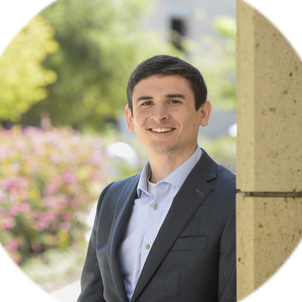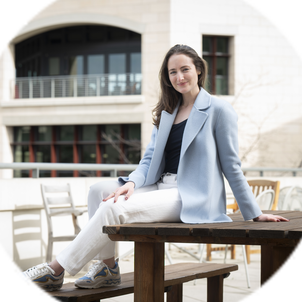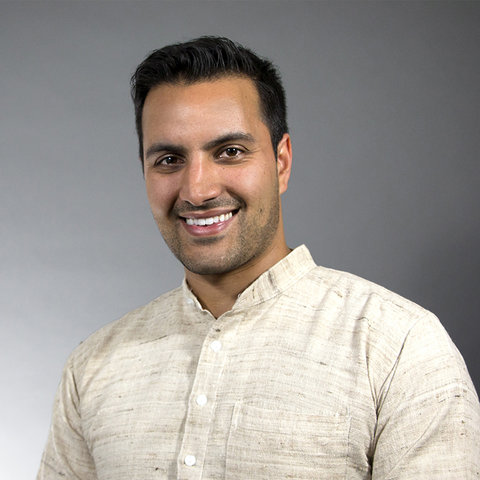I used to be obsessed exclusively with finding extraterrestrial forms of life, but now I realize that we’ve overlooked the diversity of life on our own planet. I am fascinated by creatures of the deep sea and exotic extremophiles that live in extreme environments. These animals have survived millions of years on our planet, arguably more successfully than we have, and we could learn a great deal from them. I am thrilled to be part of NASA’s Earth Science and Space Science developments to dig deeper on our own planet for life, not just outside our planet. I am confident it will continue to profoundly change and benefit us as a species.
I watched the first Mars rover, Pathfinder, land on Mars in 1997 live from the Jet Propulsion Laboratory. From that point on, I knew I wanted to study more about our solar system, the origins of life and where we were headed as a species and a universe. In high school, I built a telescope to search for transiting exoplanets – a planet that orbits a star outside the solar system – and ended up detecting an exoplanet. That took me to my undergraduate education in Russia, where I studied physics. My main reason for going there was to become fluent in Russian so I would become a good applicant for the astronaut program in the U.S.
My plan was to go to Moscow to get my undergraduate degree in physics and come to Stanford for graduate school. Unfortunately, after four and a half years there, two weeks shy of my graduation, the rising neo-Nazi movement impacted me personally. I was assaulted several times, based on the color of my skin. I had to come back to the states for my personal safety. After applying, Stanford transferred me immediately, and I did two additional years of coursework in astrophysics, graduating with honors. Then, I stayed on for my master’s and PhD in aeronautics and astronautics.
Now, I am a NASA scientist and direct the NASA Ames Laboratory for Advanced Sensing. I develop and invent new instruments for NASA missions on Earth and in space. Just recently, I filed a patent for an instrument called MIDAR, which is a variation on RADAR and LIDAR systems. It’s an entirely new way to exploit the electromagnetic spectrum to study our planet. We’re taking this instrument to the Arctic, where we’ll go under the sea ice and use multispectral beams of light to measure materials’ reflectance. With it, we can discern the material properties of an object and how far away it is. We’ve mapped more of Mars and the moon combined than we have of our own sea floor, which is startling to me considering 70 percent of the oxygen we breathe comes from the ocean. I hope to continue developing instruments such as this and others to help bridge that gap in knowledge.
My advice to students is to think different by embracing diversity. To solve problems, you have to purge your mind of the status quo, not an easy proposition. If you’re looking for real innovation, drop all of your assumptions at the door and observe what you’re doing as a child might, albeit with a mathematical toolbox. I know this is really hard to do when you’re trained to think in a certain way, but it’s essential. Finally, one of the greatest strengths our species exhibits as compared to every other animal on our planet is that we have diversity of thought and the capacity to embrace it. You’re never going to get to a solution unless you have a diverse set of ideas.
Places that do not embrace diversity of thought perish. And I’m not just talking about ideas on paper, but colors, genders, etc. in the room. I’m openly LGBT-identified and run NASA Ames’ LGBT group. Representation of LGBT minorities in the U.S. is about 10%, yet within aerospace, that number is less than 0.1%. That’s a problem to me because you can’t answer important questions if you’re not listening to everyone in the room and even worse if that room is half empty.
Related spotlights

Thomas Colburn

Kayla Patterson

